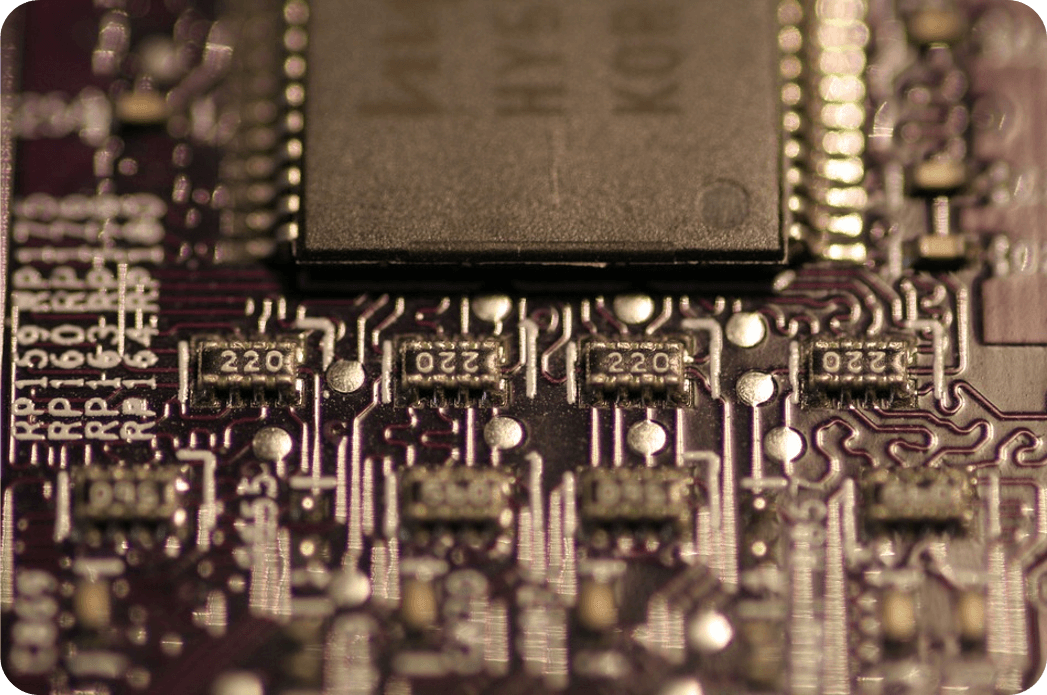In electronics, a bridge refers to a circuit arrangement commonly used for measuring or comparing electrical quantities. It consists of four active elements, typically resistors, connected in a diamond-shaped configuration, with the electrical quantities to be measured or compared applied at various points of the circuit.
One of the most well-known and widely used bridges is the Wheatstone bridge, named after its inventor Samuel Hunter Christie and further developed by Sir Charles Wheatstone in the mid-19th century. The Wheatstone bridge measures an unknown resistance by comparing it with known resistances. It is commonly employed in strain gauge measurements, temperature sensing, and other applications where resistance values need to be determined accurately.
The video below explains the fundamental concepts related to Wheatstone bridge:
The basic principle of a bridge circuit is to balance the voltage or current in the circuit by adjusting one of the known elements until the bridge is in a balanced state. In a balanced bridge, there is no voltage across the measuring terminals, which allows for accurate measurement or comparison of the unknown quantity.
Other types of bridges include the Kelvin bridge, Maxwell bridge, and Schering bridge, each designed for specific measurement purposes. These bridges can be used to measure capacitance, inductance, impedance, or other electrical parameters depending on the configuration and components used.
Overall, electronic bridges provide a means to measure, compare, or balance electrical quantities, making them valuable tools in various applications requiring precise measurements or evaluation of circuit elements.
